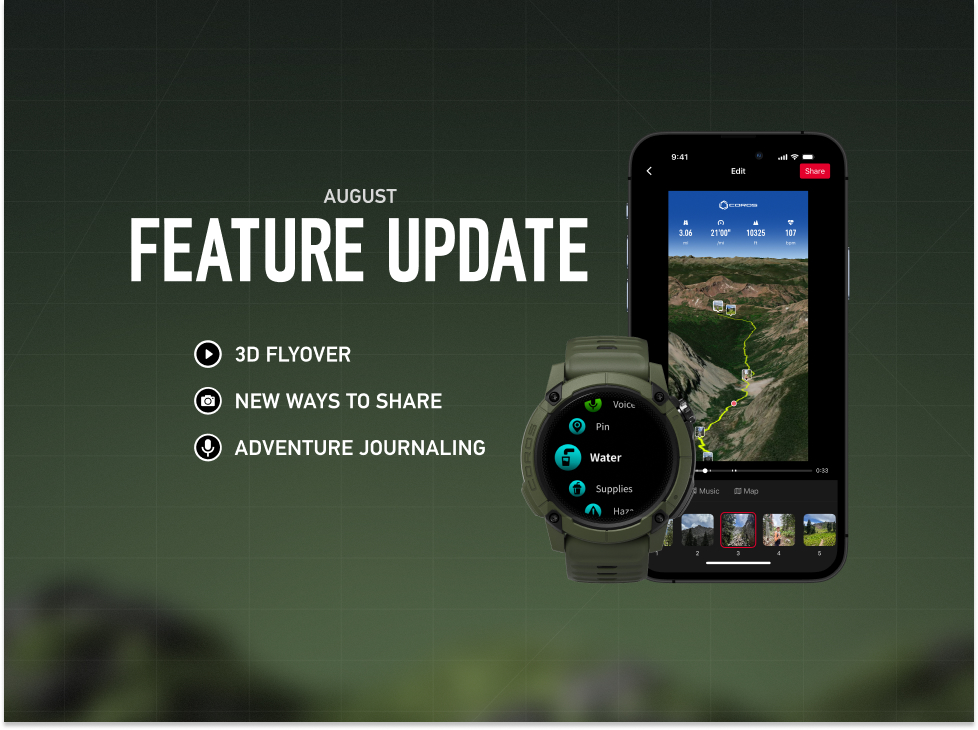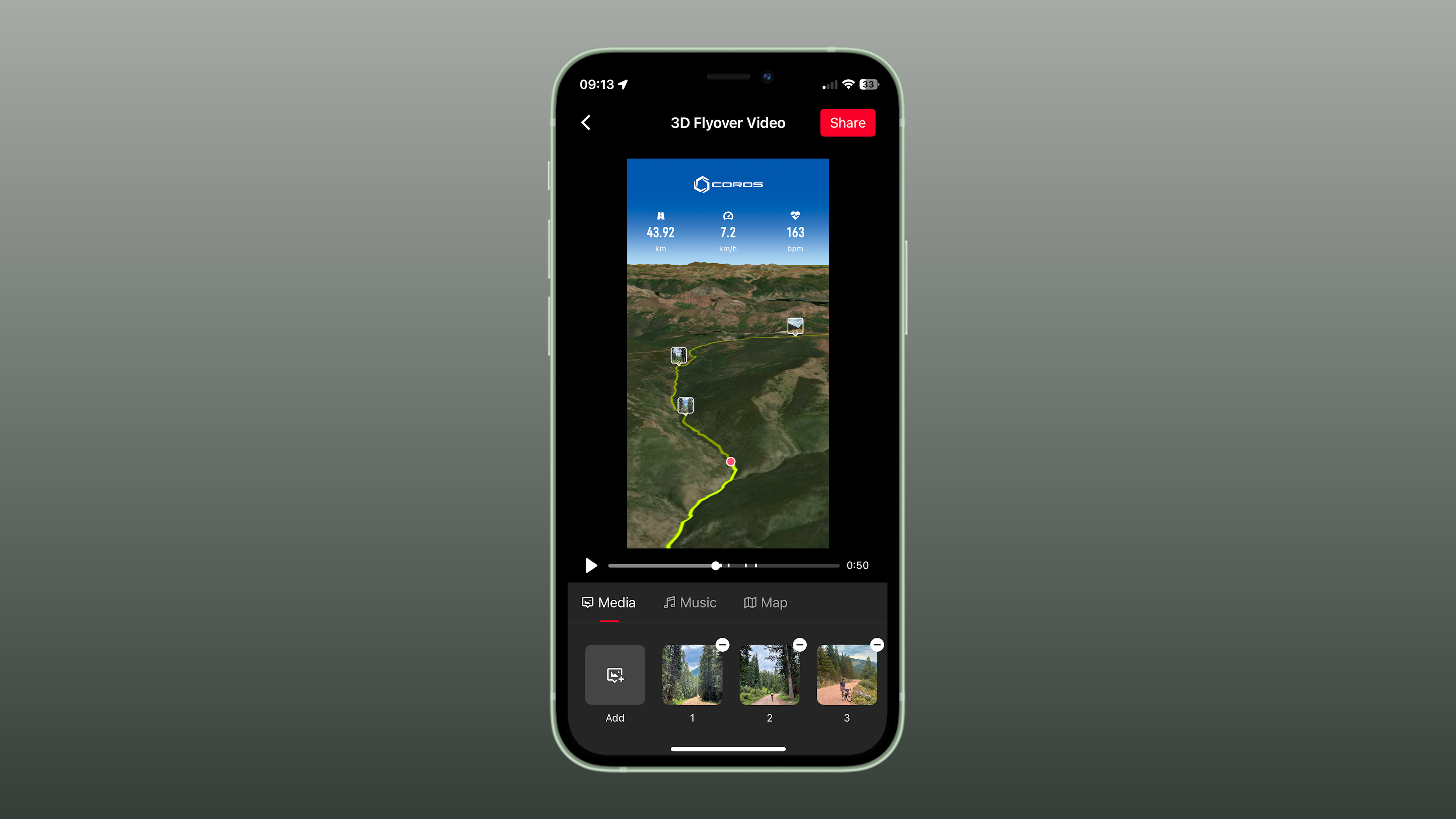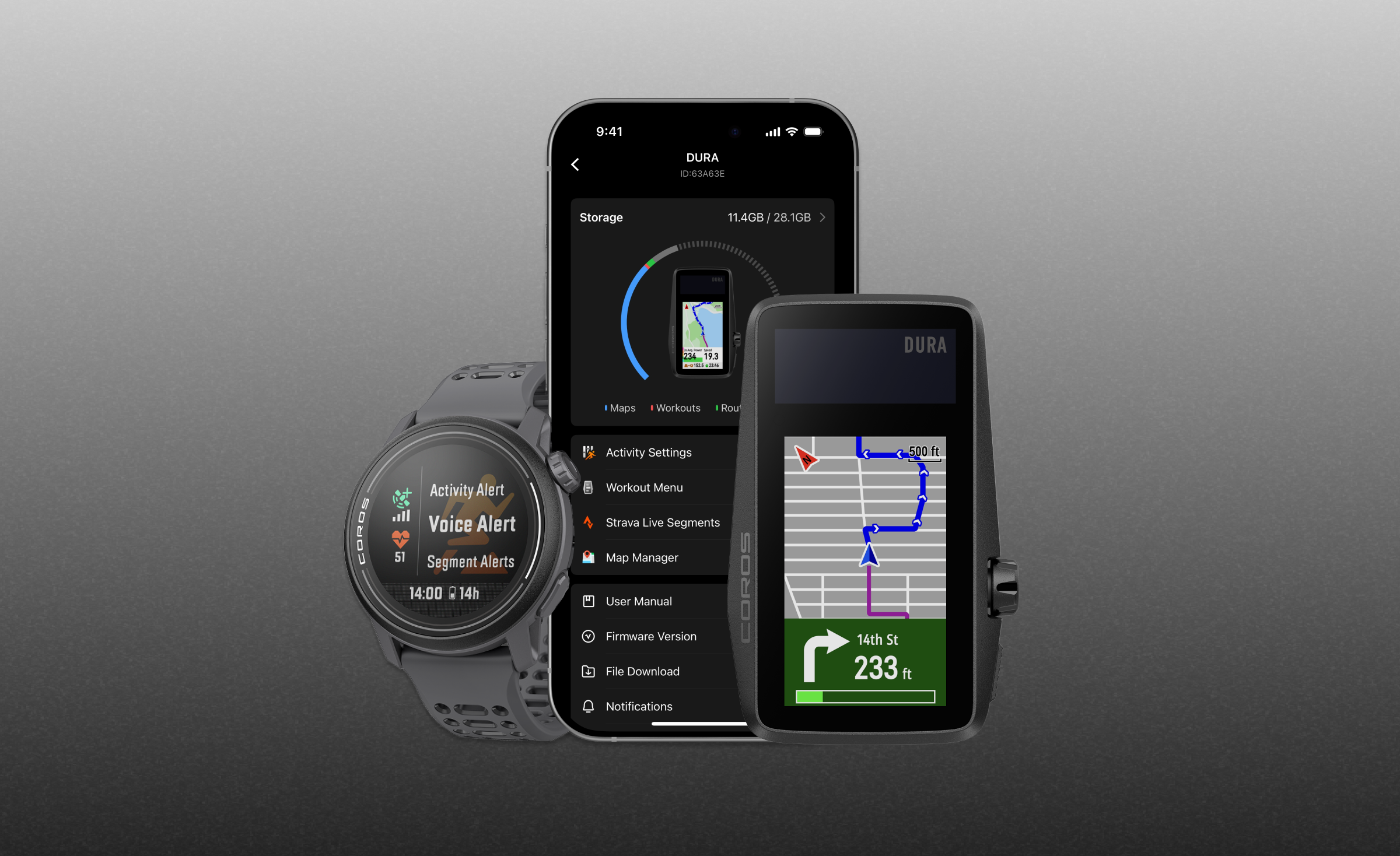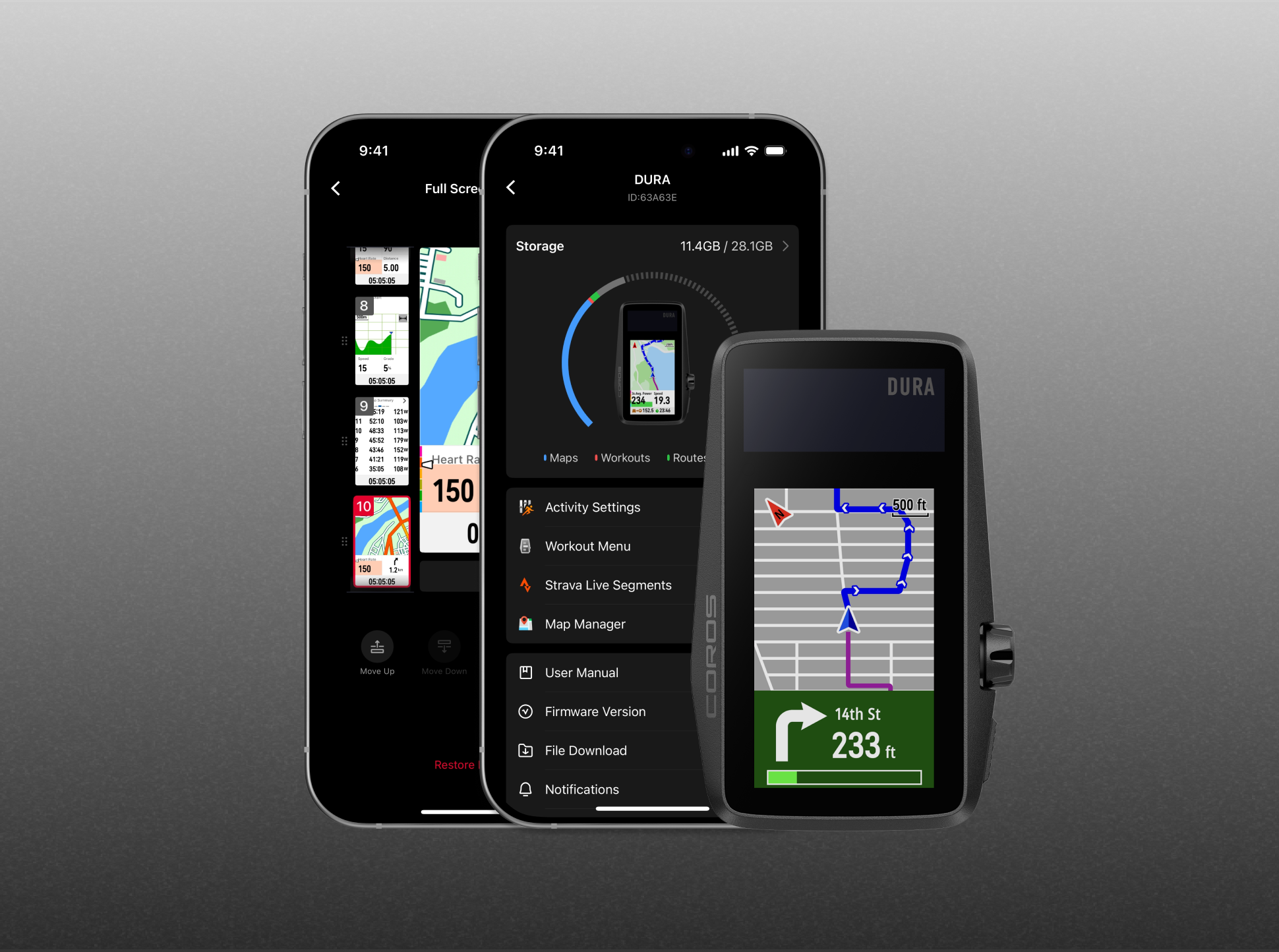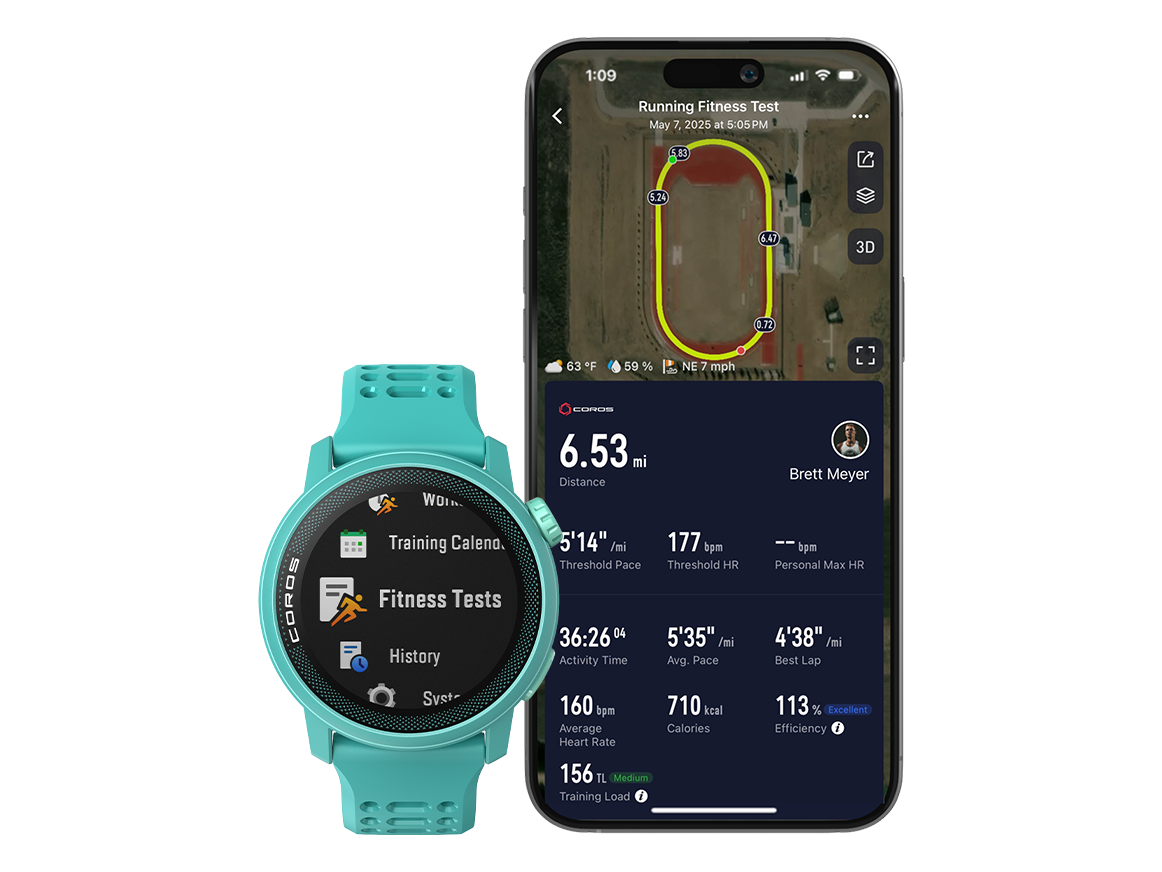Your Resting Heart Rate (RHR) is one of the most fundamental metrics when it comes to tracking overall health and aerobic fitness. Our RHR calculation reflects what matters most for athletic performance—while still making it easy to track consistently over time.
Whether you're building base fitness, peaking for race day, or managing recovery, knowing how to interpret your RHR can help guide smarter training decisions.
What Is “Resting” Heart Rate, Really?
On paper, resting heart rate is simple: it's how fast your heart beats when you're at rest. But in practice, it's not always so straightforward.
“Rest” could mean:
- Lying down and asleep
- Seated and relaxed
- Standing still but not active
All of these give you different heart rate values—and that variation matters when it comes to training. That’s because your resting heart rate is often used to calibrate heart rate zones, especially in the Recovery and Aerobic Endurance zones, where accurate intensity is essential for aerobic development.
We define RHR as your heart rate while seated, shortly after waking up—a neutral position that closely mimics the baseline your body operates from when training at low intensity.
How COROS Calculates Resting HR

Many platforms use a simple approach: take the lowest heart rate recorded during sleep or a lowest average over a 30-minute window. But while convenient, these methods often miss the mark for sport performance.
COROS takes a smarter approach.
We conducted a large research project studying the relationship between:
- Sleep heart rate data
- Manually measured seated RHR (the gold standard taken after waking)
With our research findings, we created an algorithm that predicts your seated resting heart rate from your sleep heart rate data, effectively removing the need to take a seated HR test every morning while still giving you an accurate result.
Note: You must wear your watch during sleep to receive an automatic resting heart rate value the next day. Without sleep data, the algorithm can’t generate a reliable estimate.
Built for Training: An Athlete-Focused Approach
Here’s why our method matters for you:
- Sleep heart rate can be much lower than awake heart rate, which may lead to underestimating training zones.
- Using the lowest single value is unreliable and easily influenced by outliers.
- We predict RHR as it would be while seated, which best reflects the physiological state you're in before training—even if you didn't perform a manual test that morning.
Other wearables might show a lower number, but that doesn’t mean it’s more accurate for training.
How to Use RHR in Your Training
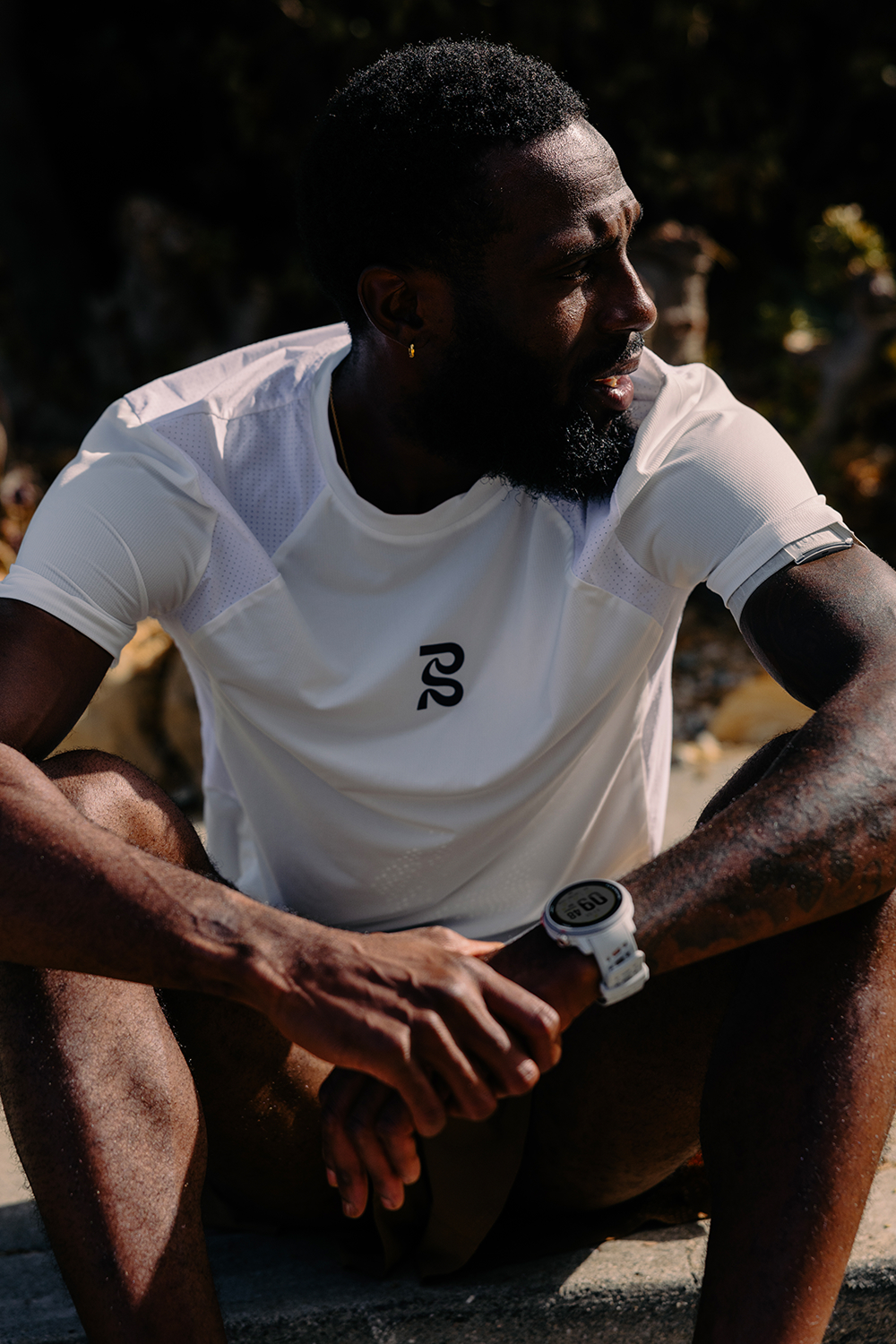
Understanding your resting heart rate is just the first step. Here’s how to apply it in your training:
1. Track Long-Term Trends
- A lower RHR over time often indicates improved cardiovascular efficiency.
- For beginners or athletes returning from time off, RHR can be a great signal of progress, even before paces or power improve.
2. Use RHR to Gauge Recovery
- A spike in RHR (5–10 bpm above your baseline) can indicate poor sleep, illness, or accumulated stress.
- If your RHR is unusually high in the morning, it’s often wise to reduce intensity that day or focus on recovery work.
3. Monitor RHR During Training Blocks
- During periods of high training volume, RHR should stay relatively stable.
- If it starts trending upward for multiple days, your body may be struggling to adapt. That's a good time to dial back or insert a recovery day.
4. Use It to Adjust Zones Over Time
- As your RHR lowers over months of aerobic training, your threshold heart rate zones may shift, reflecting improved fitness.
- EvoLab will periodically update your heart rate zones in the COROS app based on recent training to help ensure your training targets stay aligned.
In Summary
Metrics should be more than just numbers—they should be tools to help you train smarter and perform better.
Our Resting Heart Rate feature uses sleep data and predictive modeling to estimate your seated waking HR, not just your lowest value overnight. This approach is rooted in physiology and built for athletes who want reliable data to guide their training.
By tracking your RHR daily and knowing how to respond to trends, you can:
- Spot early signs of fatigue or overtraining
- Monitor long-term fitness gains
- Fine-tune recovery and race prep
It’s one simple number, but when used wisely, it becomes a powerful tool in your training toolkit.
/fit-in/0x18/coros-v2/images/common/logo_black.png)
